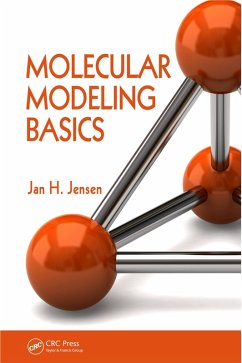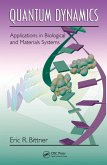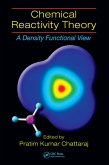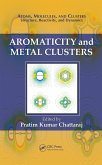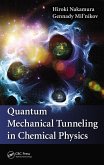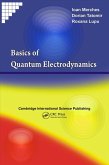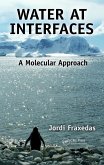Molecular modeling is becoming an increasingly important part of chemical research and education. This volume provides the fundamental theory needed to understand not only what molecular modeling programs do, but also the gist of research papers that describe molecular modeling results. It begins by examining the potential energy surface (PES). It explores ways to calculate energy by molecular and quantum mechanics. It describes molecular properties and the condensed phase, and shows how to extract and interpret information from a program output. The author uses hands-on exercises to illustrate concepts and he supplements the text with a blog containing animated tutorials and interactive figures.
Dieser Download kann aus rechtlichen Gründen nur mit Rechnungsadresse in A, B, BG, CY, CZ, D, DK, EW, E, FIN, F, GR, HR, H, IRL, I, LT, L, LR, M, NL, PL, P, R, S, SLO, SK ausgeliefert werden.

